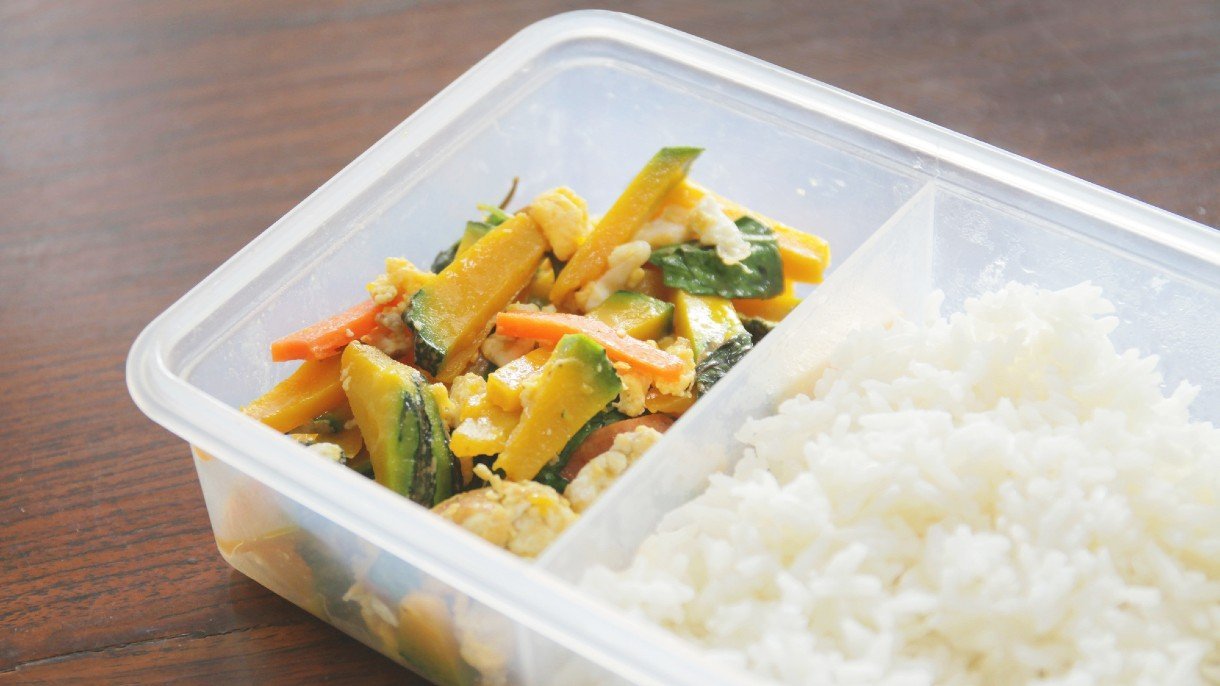Can You Use Tupperware That Had Mold on It?

We all love our Tupperware – it is convenient, durable, and versatile. But once in a while, we can leave leftovers in it for longer than usual, creating the perfect breeding ground for mold.
So what do you do in such cases? Do you just throw out the Tupperware?
Well, we have some answers for you.
Can you use Tupperware that had mold on it?
Yes, you can use Tupperware that had mold on it. You just have to ensure that it was properly washed beforehand.
How do you clean Tupperware that has mold?
When it comes to removing mold from your Tupperware, you will have to do a little bit more than just using soapy water.
Here is a step-by-step guide on how to deal with this situation:
- Wear some gloves and dump the moldy food into the trash.
- Fill the Tupperware with white vinegar, snap it shut, and let it sit for one week.
- Empty it and wash it with hot soapy water.
- Dry it with a clean towel and check for any odor.
- If it still smells of mold, pour 1 tablespoon of baking soda into it, seal it, and let it sit for a week.
- Empty the Tupperware, wash it with hot soapy water then dry it with a clean towel.
Alternatively, you could do one of the following:
- Use a mixture of bleach and baking soda. Add 1 tbs of baking soda and ½ tbs of bleach to some water and soak your Tupperware in the solution for 4-6 hours. Wash and rinse it thoroughly afterward.
- Use denture cleaning tablets. They can remove microorganisms and stains from your Tupperware.
Mold-resistant alternatives to Tupperware
To reduce the chances of mold growth in the first place, there are a couple of container options you could switch to from Tupperware. These are:
Glass containers
Not only are these food containers less prone to microbial growth but they are also free of any harmful chemicals. They won’t transfer any odors to your food and are usually dishwasher safe.
What’s more, since you can see through them you don’t have to open your containers when you want to know what is inside. And they look pretty cool too.
Stainless steel containers
Stainless steel containers, like the for example, resist microbial growth, don’t break, and are extremely durable. Plus, they look pretty sleek.
If you are looking for something that will last you for years to come, this is it.
Throw out the leftovers
The best way to deal with mold is to not give it a chance to grow in the first place. Clean out your fridge regularly and throw out the leftovers every three to four days.
Also, keep your Tupperware away from moisture, especially when it has food inside.
Cover your food when you are serving it to avoid exposure to mold spores.
When you are dealing with foods you want to remain moist, always use plastic wrap.
And never leave perishable foods out of the refrigerator for more than 2 hours.
